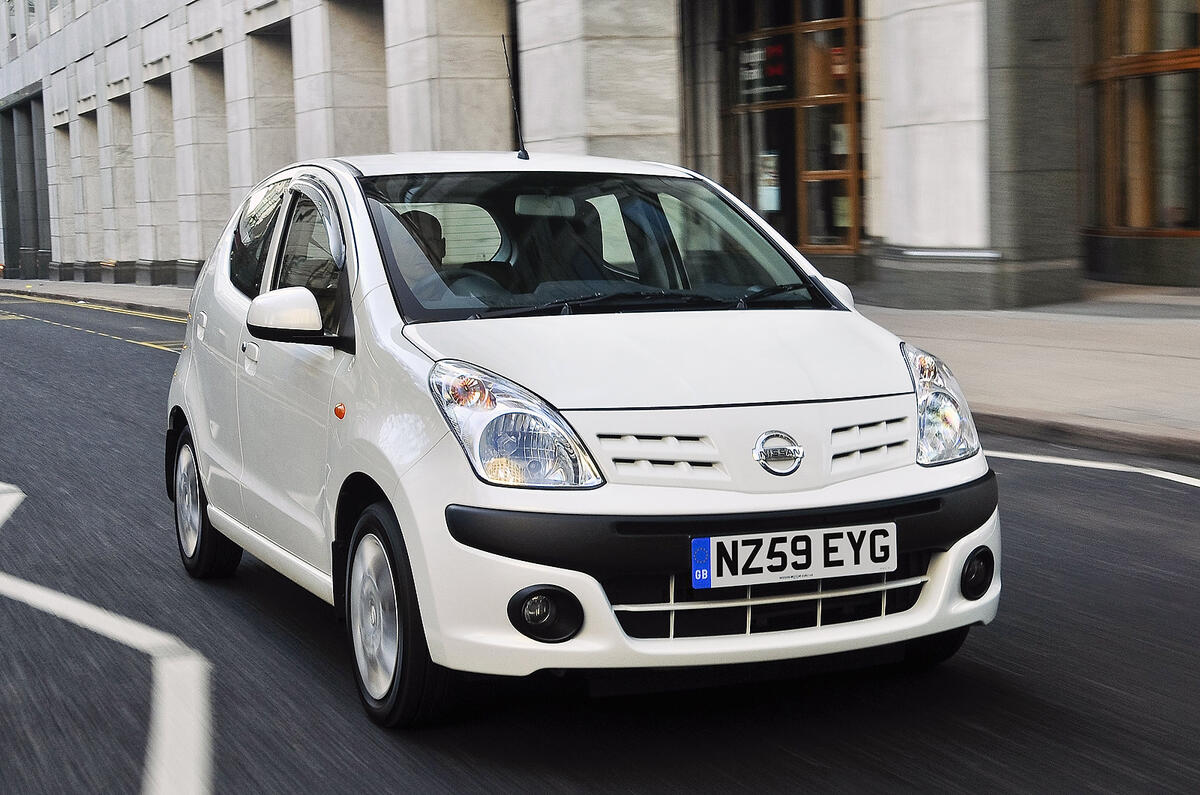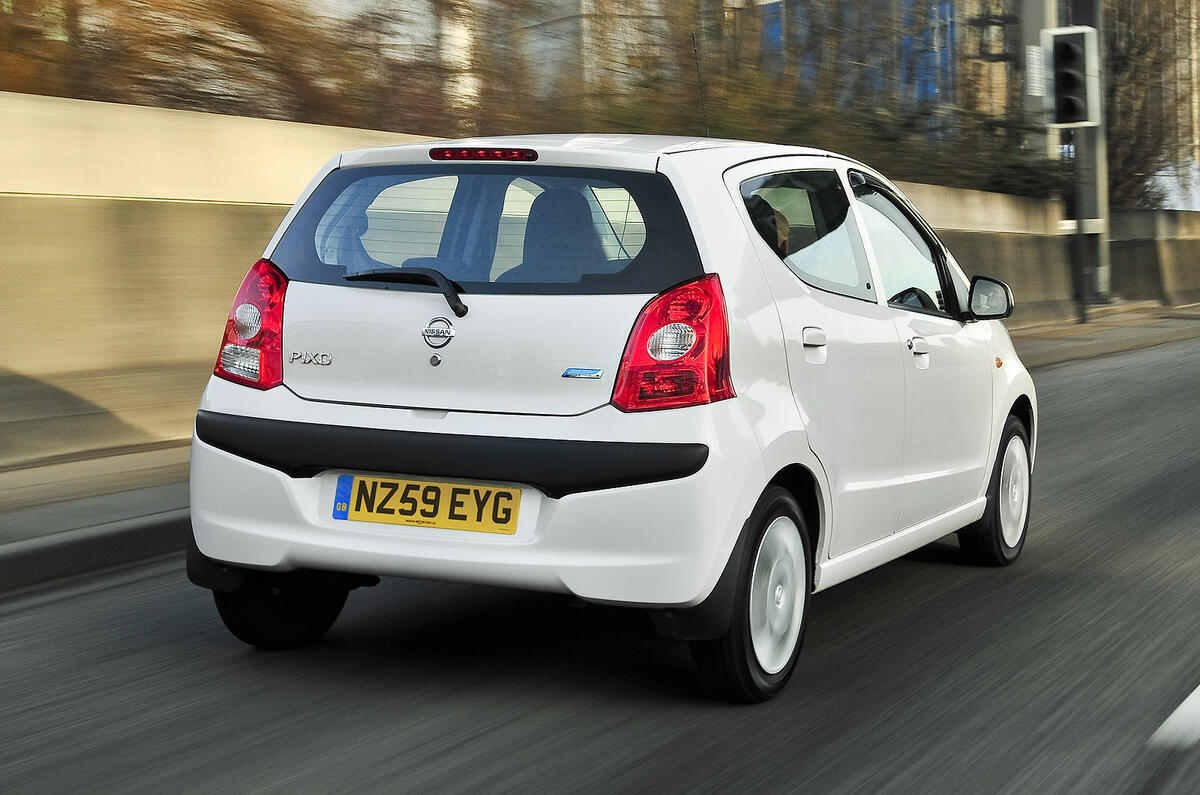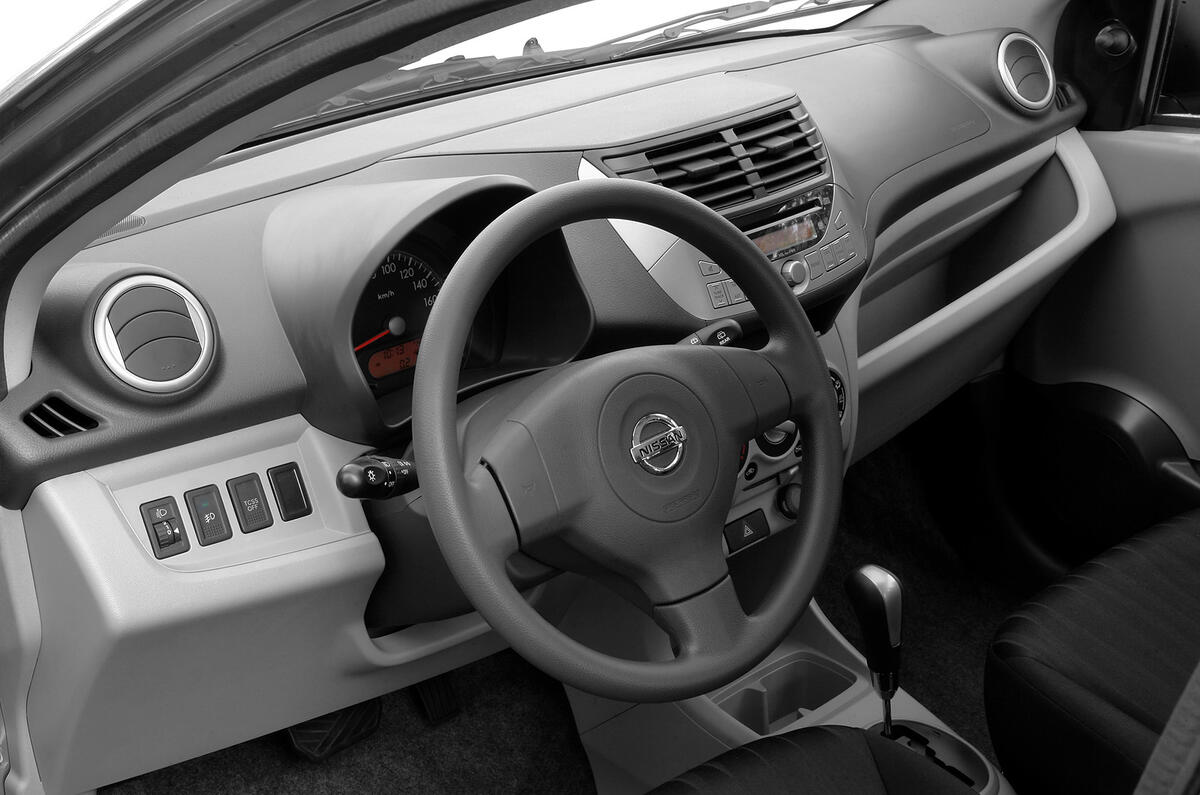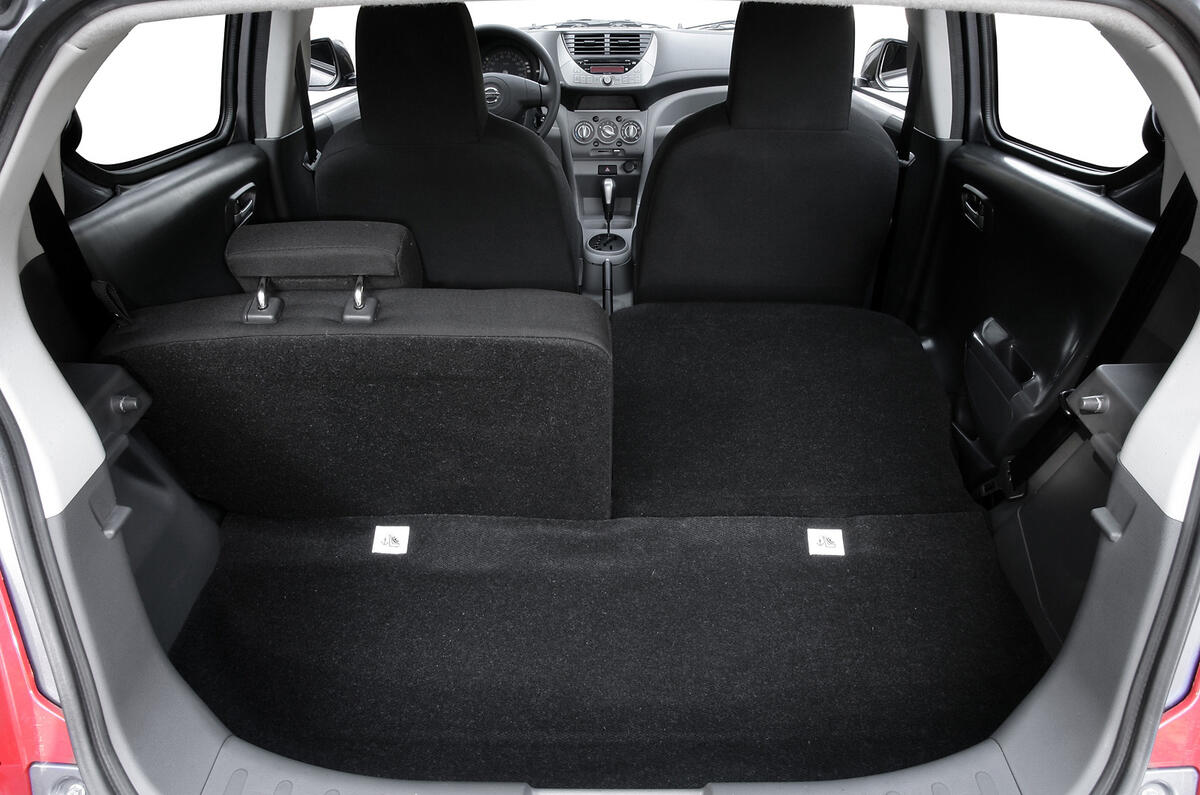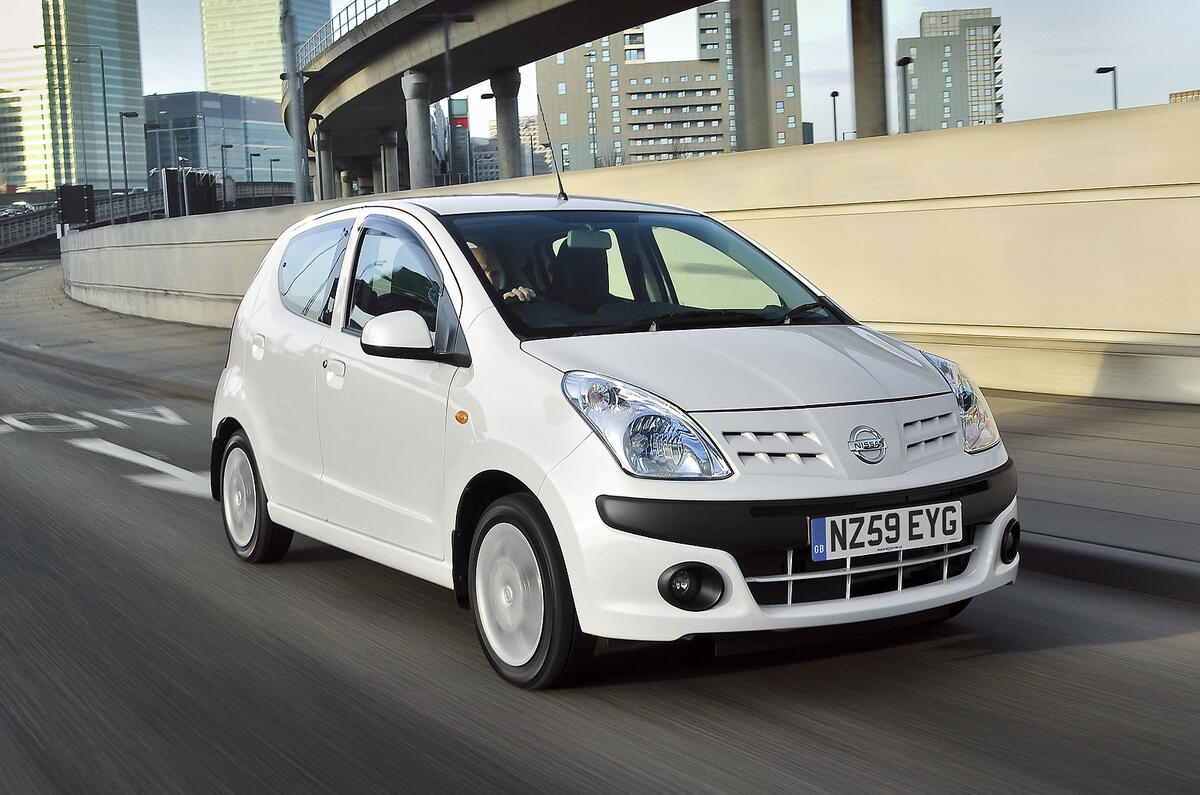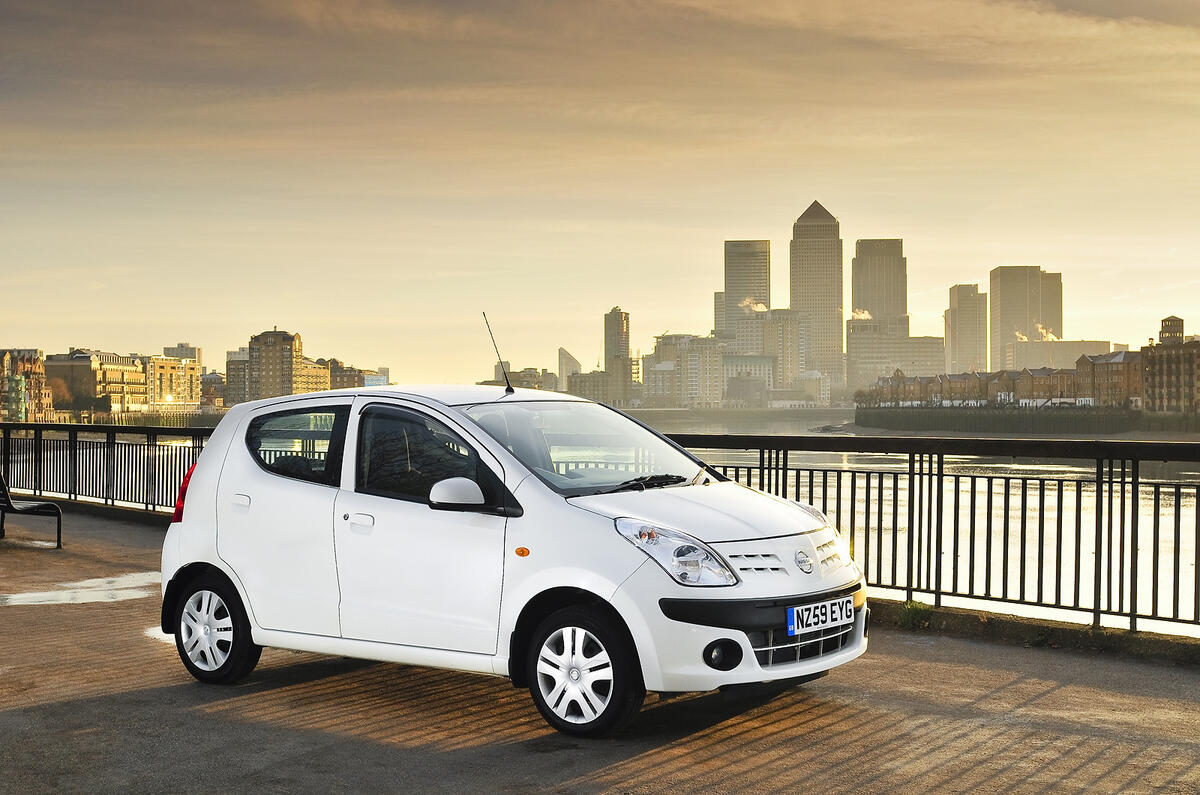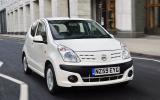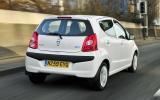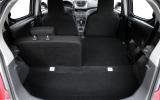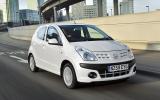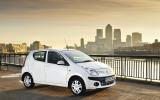The Nissan Pixo is the marque’s budget city car, which slots into its supermini range below the Note and Micra. It's a rival for the Kia Picanto and Hyundai i10, but one that comes with a marginally more prestigious Nissan badge on the grille.
The irony is, of course, that this Nissan is actually a Suzuki. The Pixo is built on the same Indian production line as the new Suzuki Alto and, although it’s got its own headlights, bumpers, bonnet, front grille and seat trim, it is in every other way identical to the Suzuki.
In every way except on specification and price, that is. Nissan has taken the decision to bring the Pixo to the UK at a lower entry-level price point than the Suzuki that it is based on. That means that you can get a Pixo – admittedly without electric windows, folding rear seats or remote central locking – more cheaply than the entry-level Alto.
Here is a car, therefore, that stands to make certain decisions taken at Suzuki’s global headquarters look rather silly as far as UK customers are concerned.
Aggressive pricing aside, Nissan has done just about well enough in distinguishing the Pixo from its Suzuki sister. Its oversized grille, long headlights and grinning front air dam give the car a face all of its own, while a set of bespoke Nissan paint colours also help to set it apart.
Seen from the rear, however, it’s only the shape of the bumper that really marks this car out as the Nissan, so if you’re following a Pixo in traffic, you may not know it until you get close enough to make out the letters on its bootlid.


